
 By Natali Moss
By Natali Moss
With the number of drone attacks on the rise — from threats to block airports to Shahed-type attacks — Western nations are actively looking for alternatives to expensive anti-aircraft missiles and sometimes ineffective electronic warfare systems. Lasers and microwave complexes come to the fore, which promise a "penny" cost of interception. Defense Express analysts write about it. The article says that anti-aircraft missiles remained the main method of combating aerial threats for a long time.
But in practice, they turned out to be too expensive for use against small targets and limited production volumes. Means of radio-electronic warfare are also losing effectiveness due to the development of communication systems and the emergence of alternative control methods, including fiber optic channels. As a result, the search for cheaper and more reliable ways to counter drones began.
While some countries are studying the concept of anti-aircraft drones, which have proven their effectiveness in Ukraine, others have increased investment in the development of directed energy weapons, primarily lasers. The authors of the publication note that work on laser systems has been going on since the Cold War. Before the start of the full-scale invasion of Russia into Ukraine, there were already ready-made prototypes undergoing testing.
Notable developments include the British Dragon Fire complex, due to enter service in 2027, as well as German, French, and pan-European demonstrators undergoing testing. In the US, laser weapons are considered as a solution for the close defense of ships and as a module for Stryker armored personnel carriers. These systems are actively tested and in some cases already have limited combat use. Japan, India, Turkey, South Korea, and Ukraine also have their own programs to create lasers.
The main advantage of the technology remains the low cost of hitting a target — one shot costs tens or hundreds of times cheaper than an anti-aircraft missile. Israel was the first to demonstrate the combat use of lasers, which stated that in 2025 it successfully repelled drone attacks with similar systems. There are already plans to develop a version of laser weapons for aviation.
Russia also claims that it uses lasers on the front, but according to available data, it is about Chinese products that are used under their own names. But the PRC is actively investing in directed energy technologies, regularly demonstrating laser installations at military parades. However, the actual effectiveness of such systems has been a question, but until recently.
Thus, Saudi Arabia complained about the extremely low effectiveness of Chinese lasers: they needed up to 15-30 minutes of continuous exposure to destroy one drone. The reason is the climatic features of the region, which are far from the laboratory conditions under which the tests and demonstrations were carried out. This example clearly shows how the effectiveness of laser weapons depends on weather factors, air density and dust environment.
In addition, such systems require powerful energy sources and are characterized by significant dimensions, which increases their vulnerability and limits mobility. Thus, lasers cannot yet be considered a universal or all-weather means of combating UAVs. As part of a complex air defense system, they are able to perform auxiliary functions, but alone they remain an insufficiently reliable alternative to traditional methods.
"Then why is everyone investing? In addition to truly believing in the use of lasers, there is also the option that thanks to investments in this direction, countries expect that when the technology is well developed, they will have a base to quickly adapt new opportunities. Therefore, most likely, in the future, we will only see the expansion of work on directed energy weapons," the experts concluded.


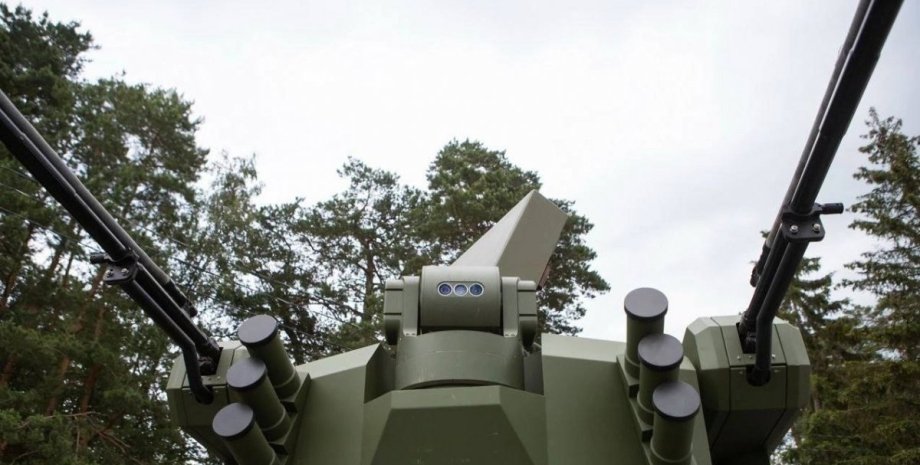

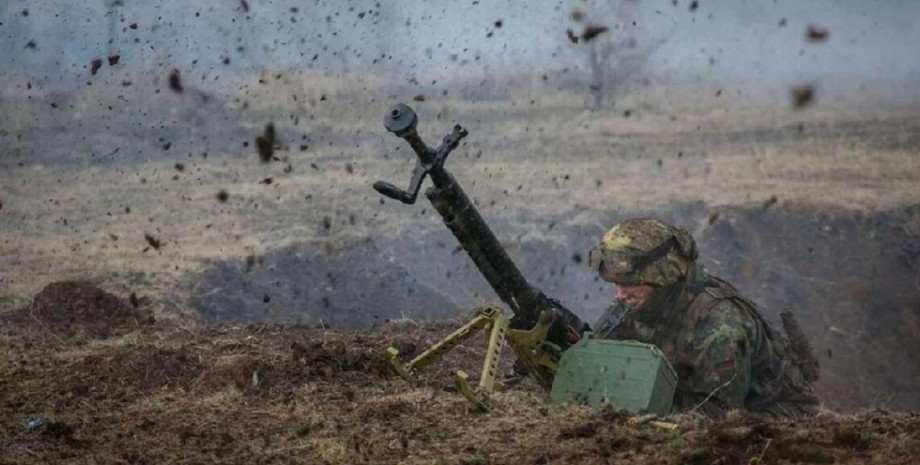

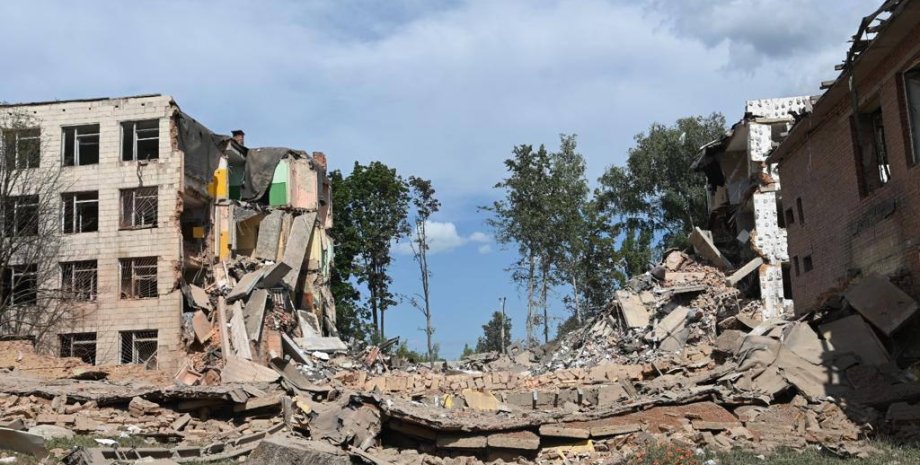
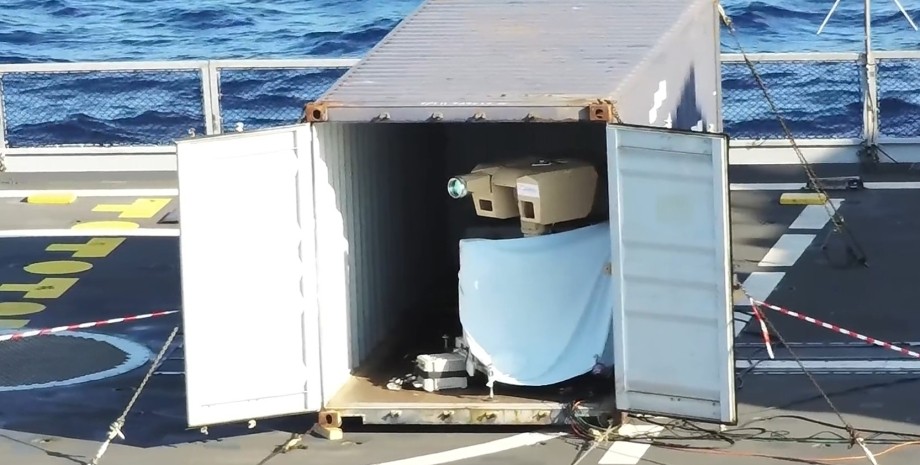

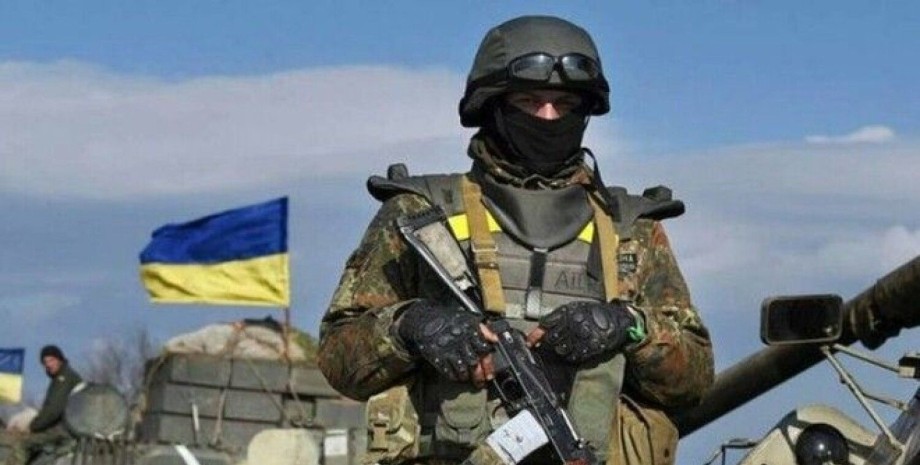
All rights reserved IN-Ukraine.info - 2022